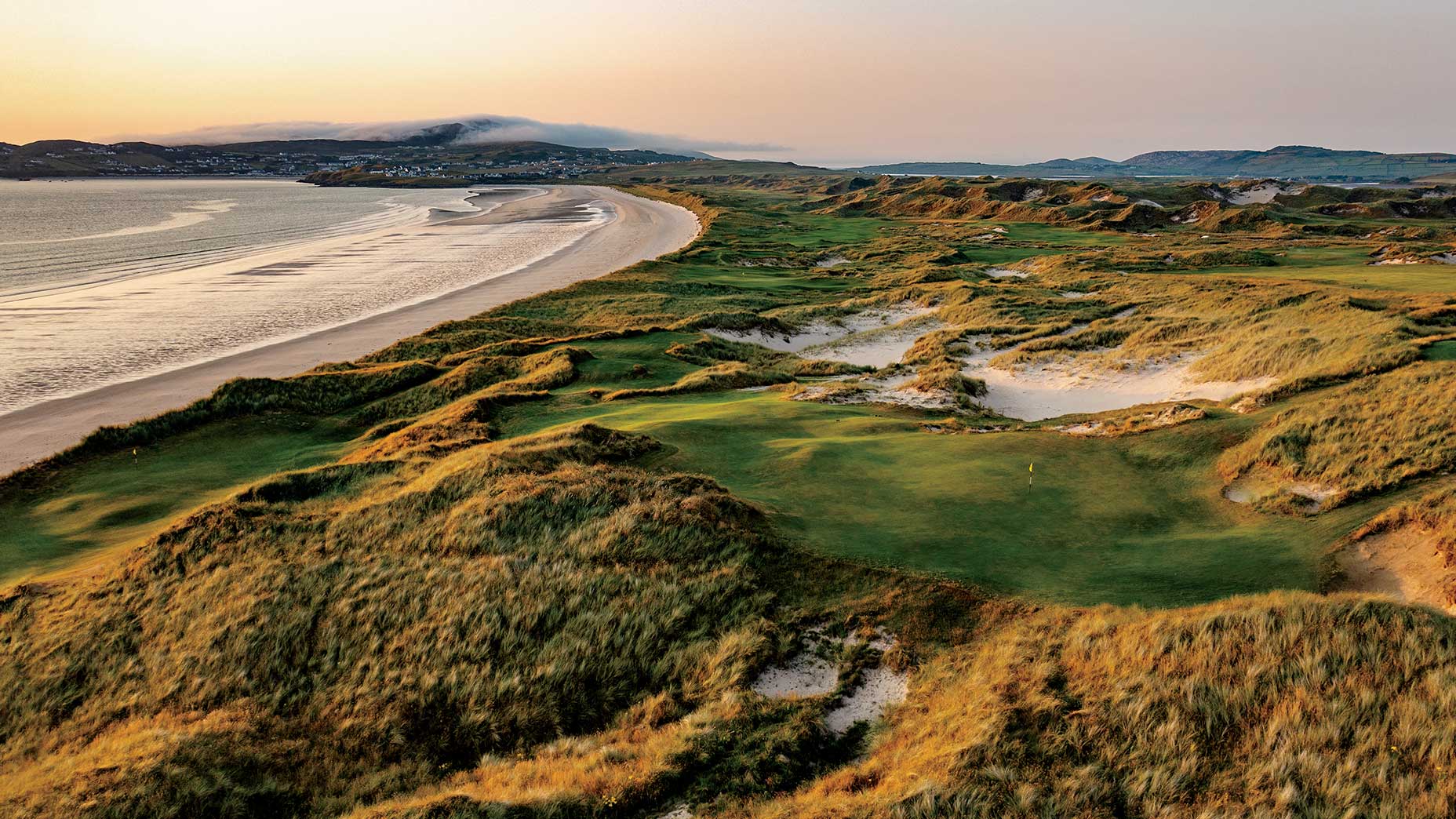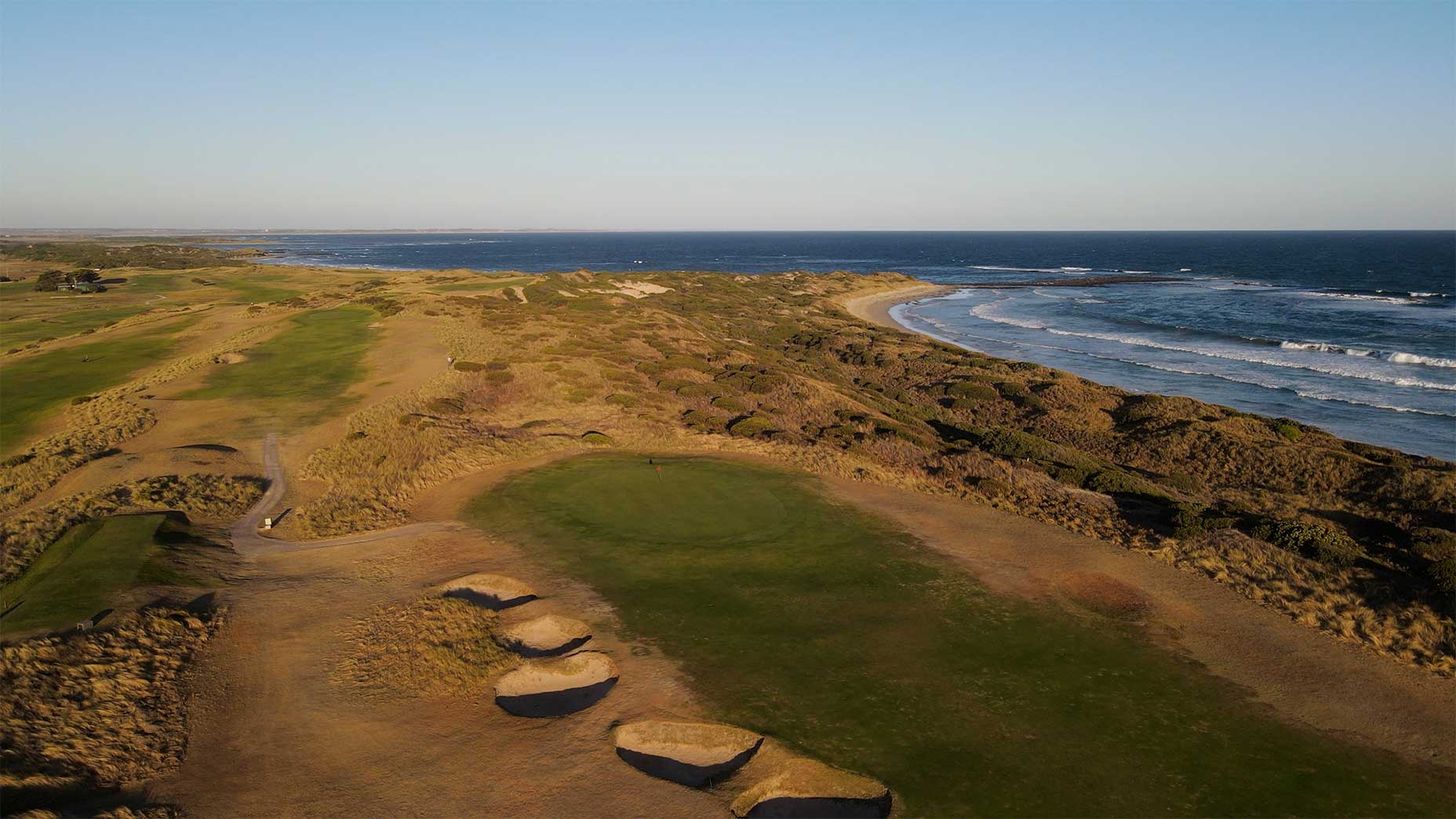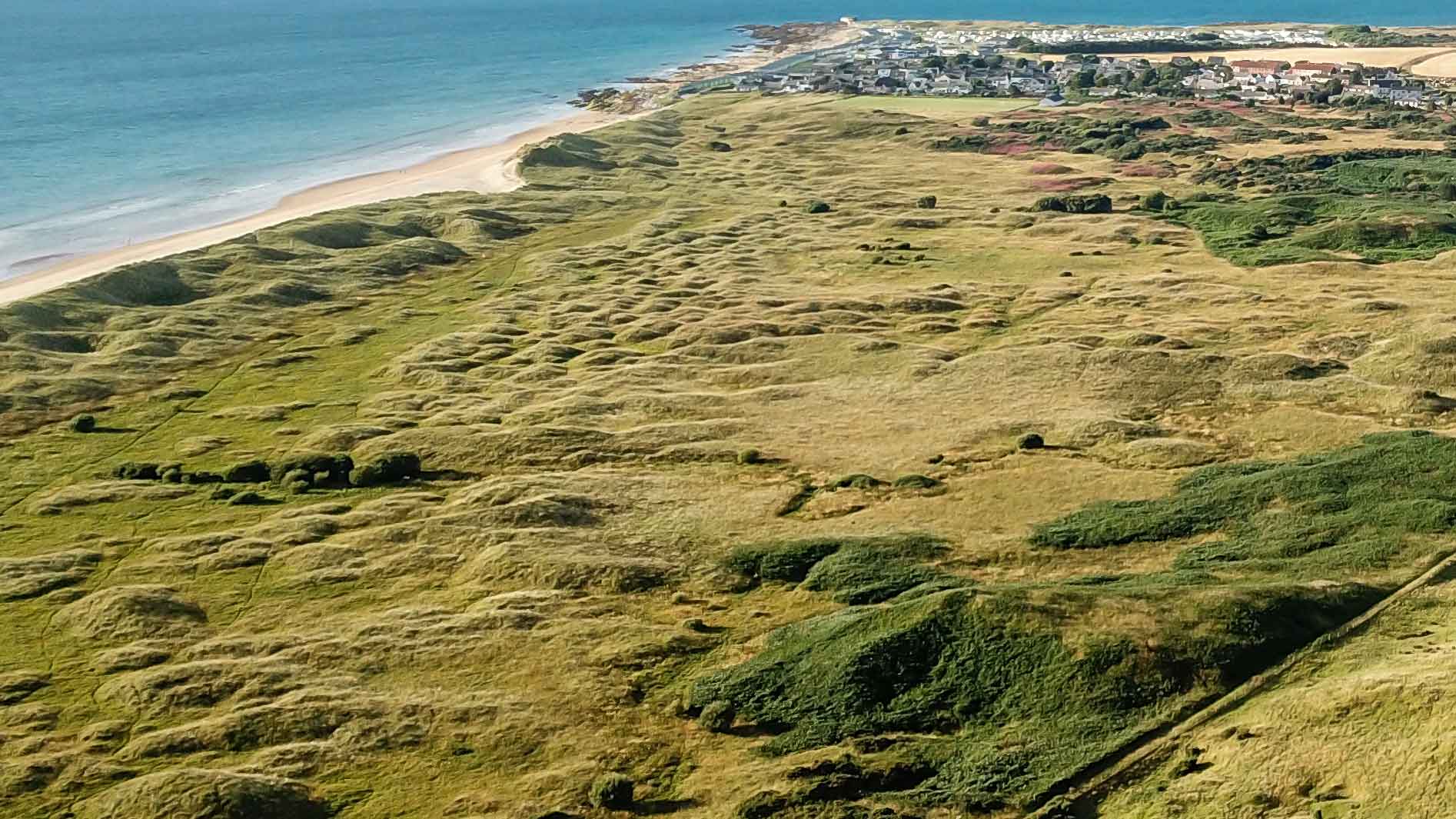What exactly makes a golf course great? Scores of weighty volumes and a zillion breezy blog posts have addressed this question, many of them settling on this answer: Great courses marry artistry and scenery with shot-making variety in a manner that blends seamlessly with their surroundings. That’s for starters. The consensus holds that great courses also make you think. They engage and entertain. Offer up any of these observations with your pals over a post-round drink and it’s unlikely anyone will argue. But they may come back with “How about some examples?”
To help you strike an authoritative stance without coming off as a windbag, we asked a quartet of premier architects — Tom Doak, Bill Coore, David McLay Kidd and Jim Wagner — to discuss their own work as illustrations of how their design ideas play out in the field.
Architect: Tom Doak
Course: St. Patrick’s Golf Links
Design principle: Deliver an adventure
When Mark Twain called golf a good walk spoiled, he’d probably had a run-in with some badly arranged holes.
A great routing does the opposite: Rather than put a damper on your outing, it surprises and delights — a journey of discovery interrupted by attempts to get a ball into the hole. Take St. Patrick’s Links, Tom Doak’s new course in Ireland. With all of his designs, top priority is to keep things walkable.
“My rule of thumb is that if I give you long enough between holes to check your cellphone, I’ve screwed up,” he says. Great routings don’t repeat, but they can rhyme. The round, Doak insists, should have a rhythm and a flow, with holes that vary in length, difficulty and direction.
Inside St. Patrick’s Links, one of the most anticipated new courses of 2021By: Ran Morrissett
St. Patrick’s checks those boxes, working across all points on the compass, on a site where the wind often shifts as well. As with other first-rate routings, there’s a sense of exploration, unique to the location. You know you’re by the sea but only as you move from the 3rd green to the 4th tee, passing through the shadow of the coastal dunes, does the course give you its first reveal.
That early glimpse of Sheephaven Bay is echoed, more emphatically, on 14, a dogleg-right par-4 that bends along the water, and even more so from the 16th tee, the course’s high point. The coastal view from there is staggering, but you almost don’t see it coming, as Doak brings you to it with a series of short uphill walks.
“On a hilly property, you’re trying to sort out the sequence to get up to a beautiful vantage point without having any bad holes along the way,” Doak says. “A lot of people have already commented on how we snuck up on that dramatic view.”











